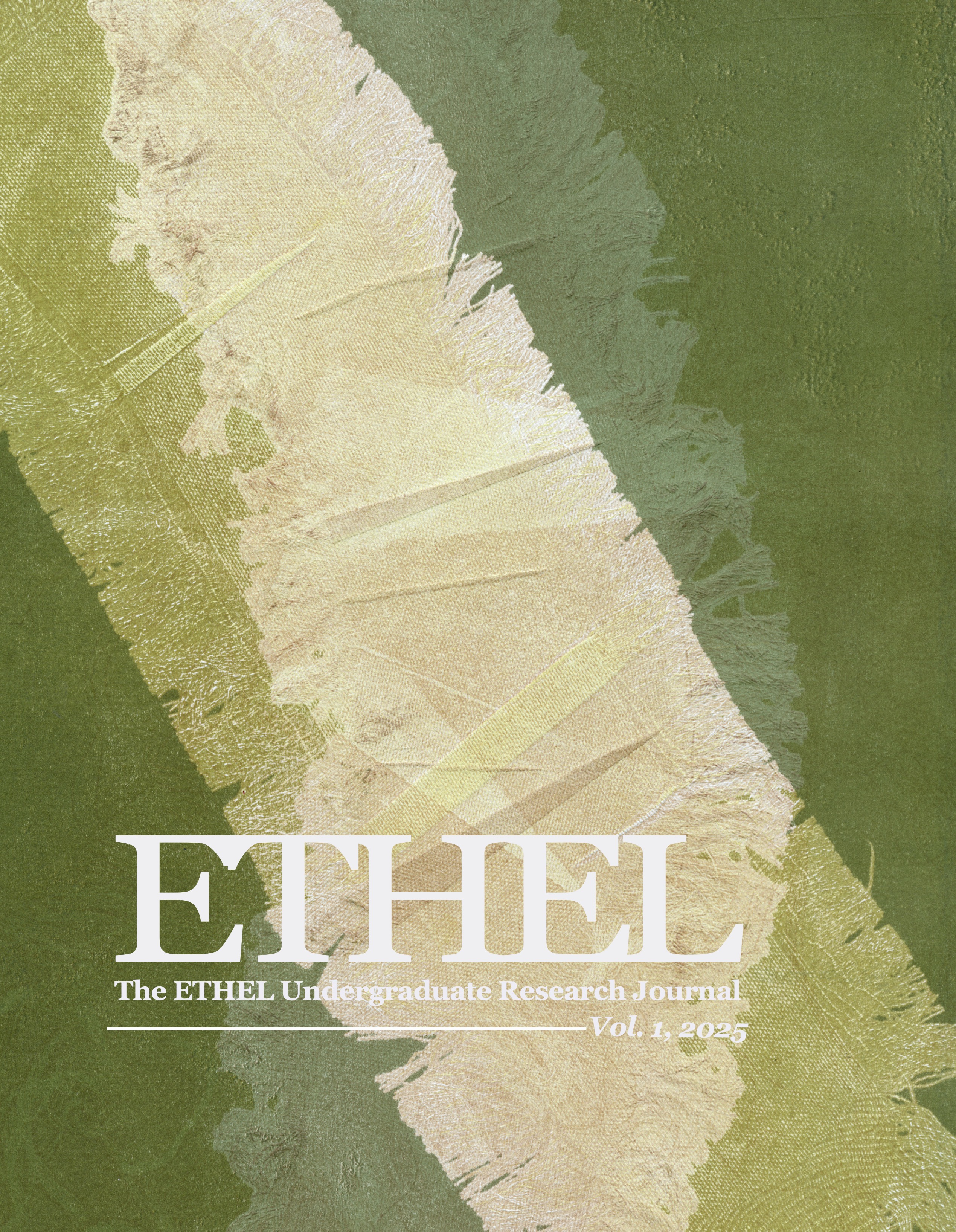Breaching the Walls
Military Strategy in the Babylonian Seige of Jerusalem
Abstract
The city of Jerusalem fell to a Babylonian siege in 586 B.C. Historians recognize the validity of the siege but put little effort into an analysis of the siege tactics utilized by the Babylonians. Most historical knowledge of the sieges comes from biblical accounts within the books of Ezekiel, Jeremiah, and 2 Kings. However, in 2019, University of North Carolina at Charlotte students uncovered artifacts confirming accounts of the siege at UNCC’s dig site in Jerusalem. Among the artifacts, UNCC students discovered a Scythian arrowhead and a golden earring in an ashen layer. The implications of this finding further validate the biblical accounts. This discovery allows historians to revisit the siege with a clearer view of the events of theconquest. This paper analyzes biblical accounts, prior historical research, and newfound artifacts, alongside a historical understanding of the siege methodology of the time, to establish a picture of the two years Jerusalem spent under siege. This paper uses these sources to paint a portrait of the methodology employed by King Nebuchadnezzar of Babylon during the siege. Such as, what wall the Babylonians breached the city from, what tools they used to breach the wall, and why the Babylonians “hesitated” following the breach. This paper proposes a theory of exact methods used by the Babylonians to conduct the siege that led to the destruction of one of the mosthistorically significant cities in the world.


